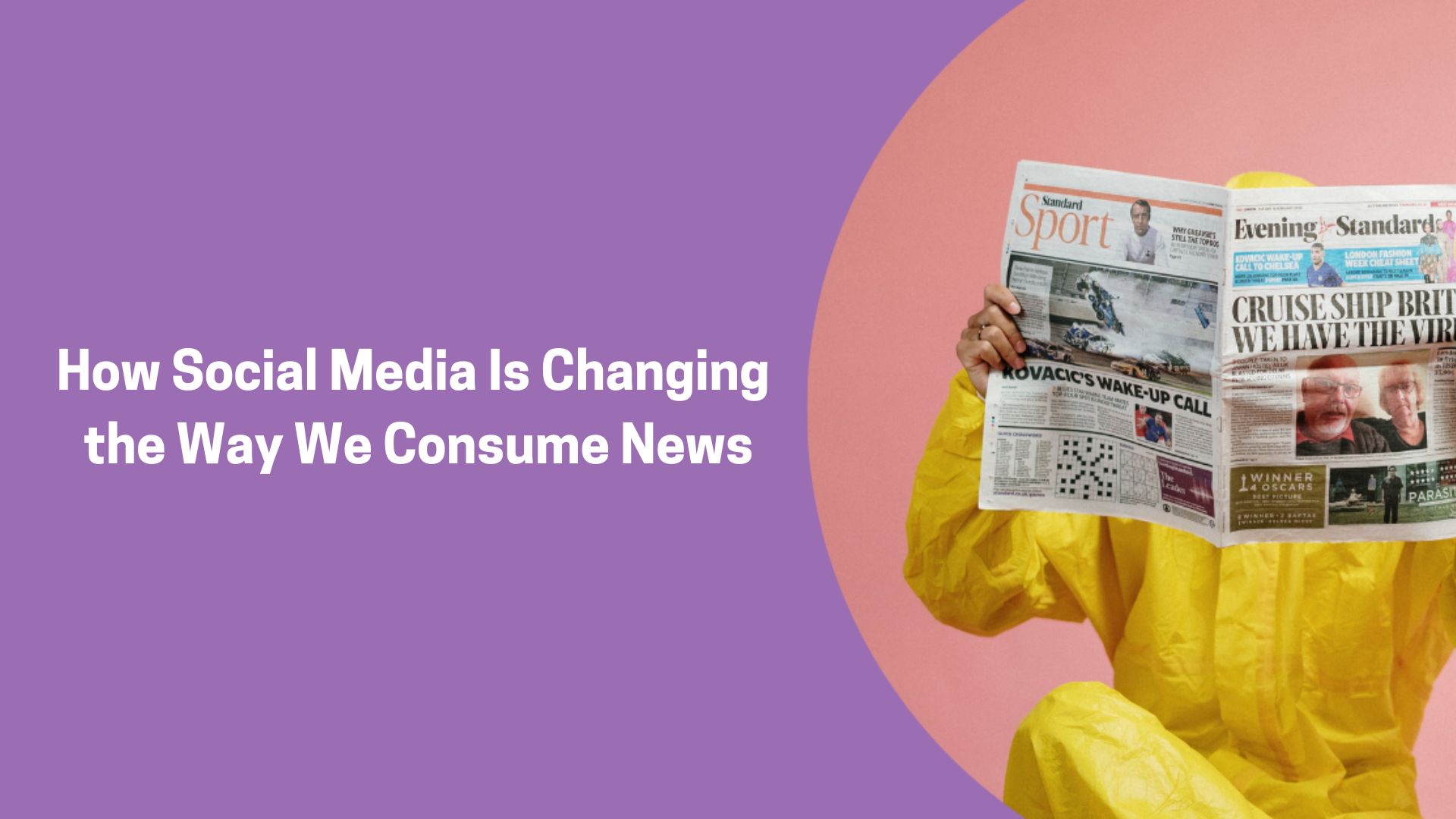In today’s digital age, social media has revolutionized how people access, share, and interact with news. Traditional news sources like television, newspapers, and radio are no longer the primary means of staying informed. Instead, platforms like Twitter, Facebook, Instagram, and TikTok have become key players in delivering real-time updates and shaping public perception.
1. Instant Access to Breaking News
Social media provides real-time updates on significant events as they unfold. Unlike traditional media, which operates on scheduled broadcasts or print cycles, platforms like Twitter and Facebook offer immediate news coverage from multiple perspectives.
2. Rise of Citizen Journalism
With smartphones and social media, anyone can report news as it happens. Citizen journalists share firsthand accounts, videos, and images, often bringing attention to issues before mainstream media picks them up.
3. Personalized News Feeds
Algorithms curate news based on user preferences, past interactions, and engagement, making news consumption highly personalized. While this ensures users see content relevant to their interests, it raises concerns about information bubbles and echo chambers.
4. The Spread of Misinformation
One of the biggest challenges of social media news consumption is the rapid spread of misinformation. Fake news, misleading headlines, and unverified sources can gain traction quickly, making it harder for audiences to distinguish between credible and unreliable sources.
5. Interactive and Engaging News Consumption
Social media encourages active participation in news discussions through likes, comments, and shares. Users can engage directly with journalists, media outlets, and other readers, creating a more dynamic news experience.
6. Decline of Traditional Journalism
The shift towards digital platforms has led to declining newspaper readership and TV viewership. Many traditional news organizations are adapting by focusing on online content, social media engagement, and subscription-based digital models.
7. Influence of Influencers and Alternative Media
Social media personalities, bloggers, and independent journalists now significantly influence public opinion. Many rely on these voices rather than mainstream media outlets for insights and analysis.
8. Fact-checking and Digital Literacy
To combat misinformation, fact-checking organizations, and AI-driven tools are becoming more prevalent. Additionally, digital literacy programs emphasize the importance of verifying sources before sharing news.
Conclusion
Social media has undeniably transformed news consumption, making information more accessible and interactive. However, with this shift comes the responsibility to verify sources, avoid misinformation, and engage critically with the content we consume.

